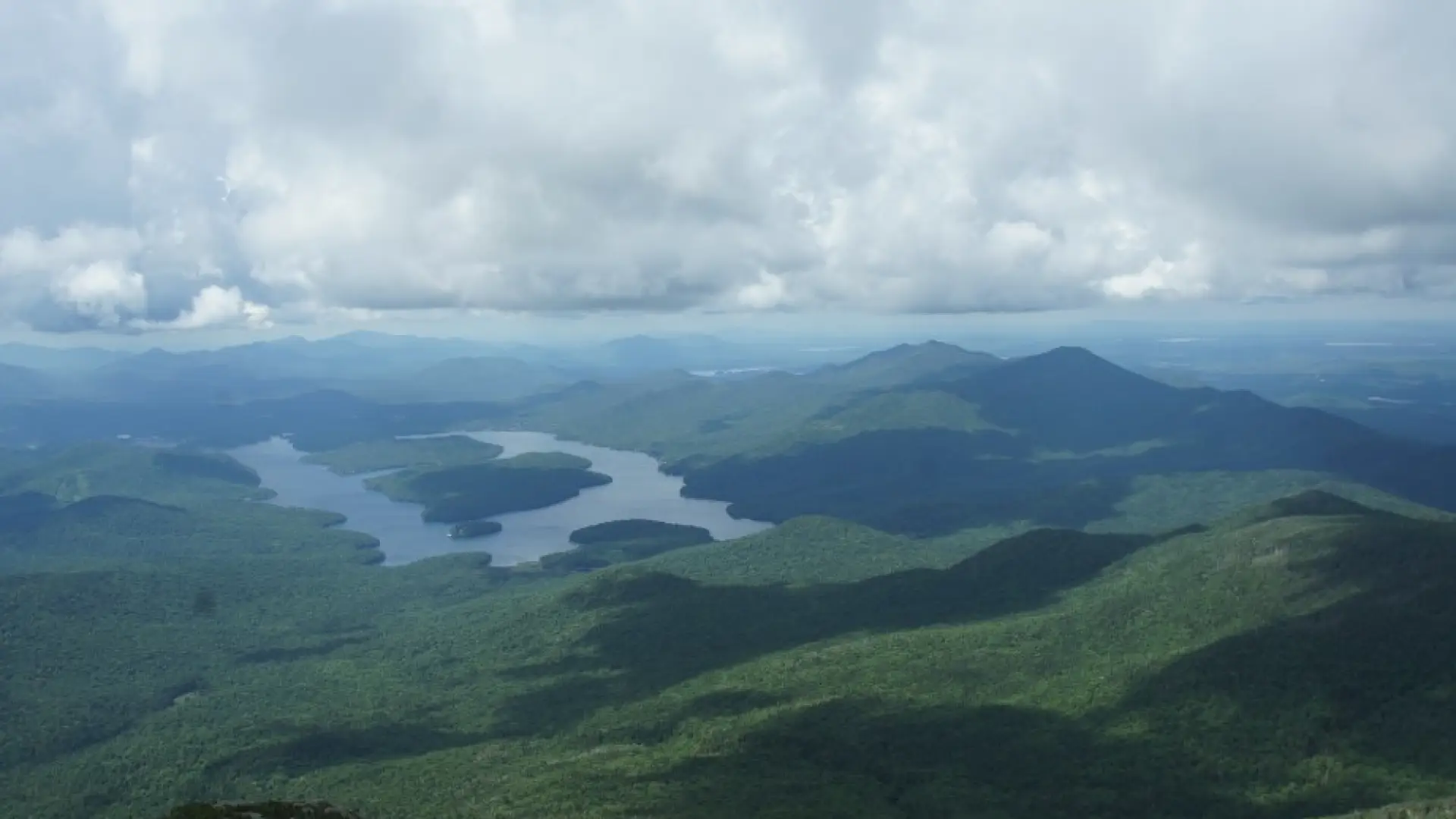
While most people venture up Whiteface Mountain for the spectacular views, the mountain also offers good birding opportunities against its dramatic backdrop. Kendra and I once again led a Wild Center trip (as we do a few times each year) up Whiteface this past weekend, the first of three trips up the mountain which the museum will be offering this summer.
We had a great group of participants who were not only interested in birds, but also in alpine ecology and flora as well. We met in Wilmington and carpooled up to the gatehouse on the toll road, where we birded for a while until the road opened. We found a number of species including yellow-rumped warbler and black and white warbler.

We also listened to the fluty song of a Swainson's thrush – spiraling up along the mountainside. While Swainson's thrushes are found in a variety of Adirondack habitats including lowland bogs, they are most commonly found at mid to high elevations. A relative of the Swainson's thrush, the Bicknell's thrush, is listed as a species of special concern in New York State, and inhabits only the spruce-fir forests above about 3300 feet in the Adirondacks and Northeast U.S. Whiteface is one of the easiest places to find Bicknell's thrush, making any trip to Whiteface an opportunity to find these two thrush species.
Birding Whiteface consists of a series of stops along the auto road, and we pulled off at various overlooks and habitats along the way. Driving the auto road also shows anyone how the forest changes with elevation at each stop. At the bottom of the mountain is a mixed deciduous forest. This becomes more coniferous as you increase in altitude until it is a forest of brushy spruce and fir – called krummholz (German for twisted or bent wood) in its purest form near the top where the trees are short, shrubby, and twisted by harsh growing conditions.
While this forest transition is always fun to see, our birding was sadly a bit slower than usual. We still did manage to find black and white, black-throated blue, magnolia, black-throated green, and Nashville warblers, as well as listened to yellow-bellied flycatchers and ruby-crowned kinglets. We also had a number of singing Swainson's thrushes on the way up, but did not hear any Bicknell's after we had advanced far enough up the mountain into their habitat.
We stopped at the Lake Placid curve and waited. The day was overcast and breezy on the mountain – which may have contributed to our difficulty in finding birds – but the breeze kept shuffling the clouds and opening up the world below us. It made for fun photography as the composition of landscape and sky was in constant flux.

We didn't hear any more thunder so we hiked the trail to the summit, hearing two more Bicknell's below us on the slope as we walked. The variable sky offered us great views from the top and we spent some time looking at alpine wildflowers like alpine goldenrod and three-toothed cinquefoil. It was a nice end to a beautiful day, and we finally moseyed back to our cars before heading home.